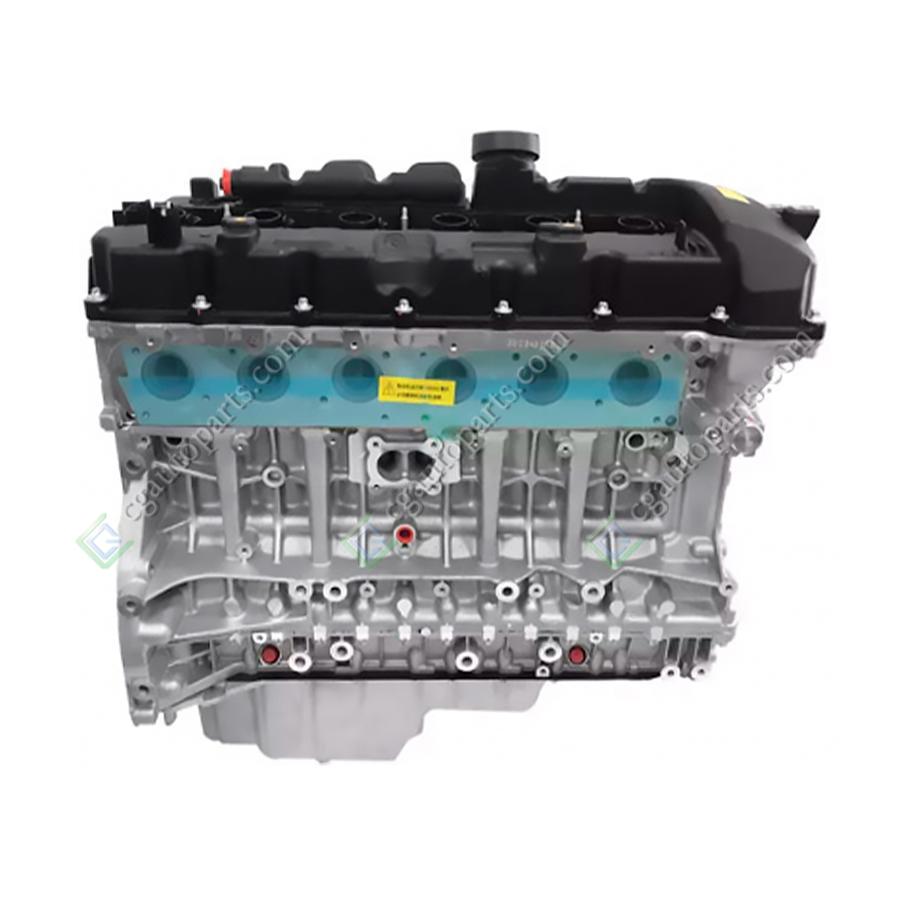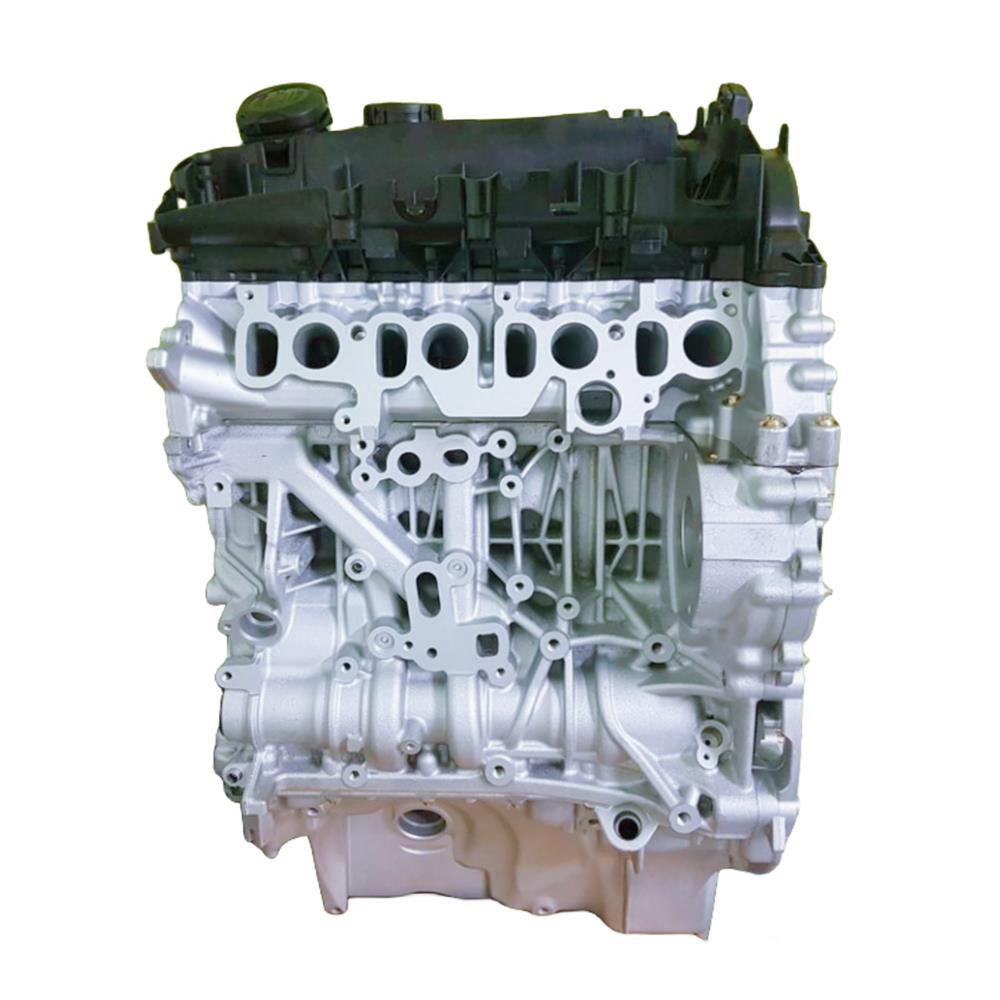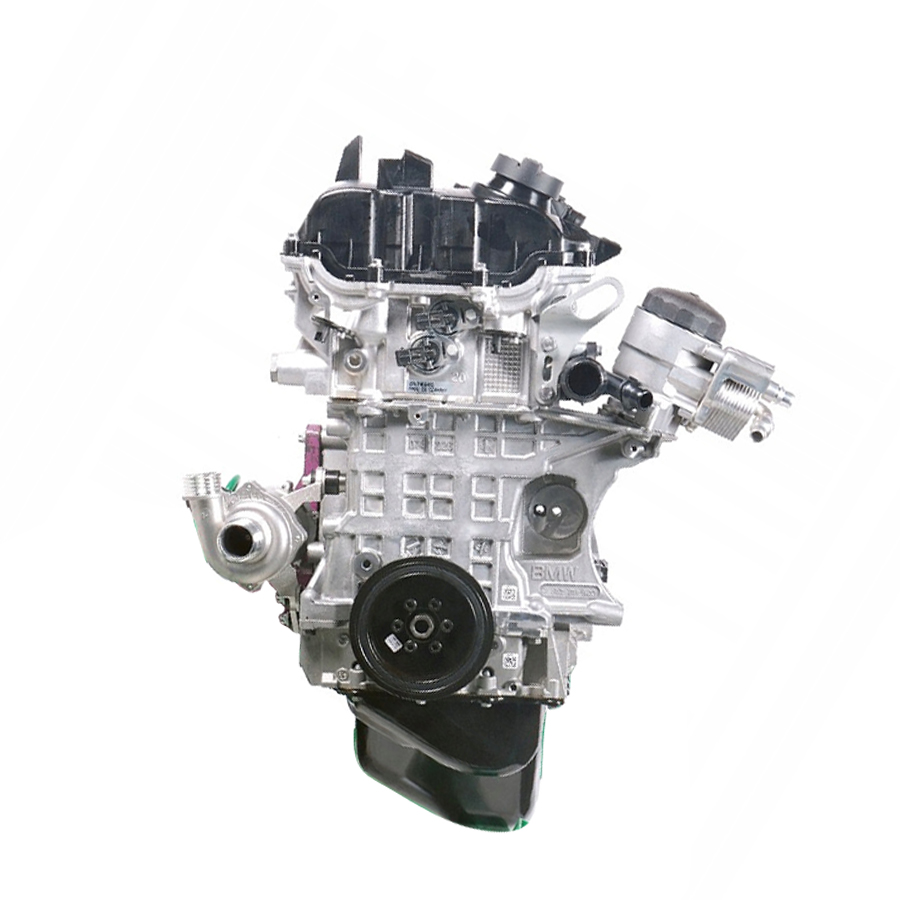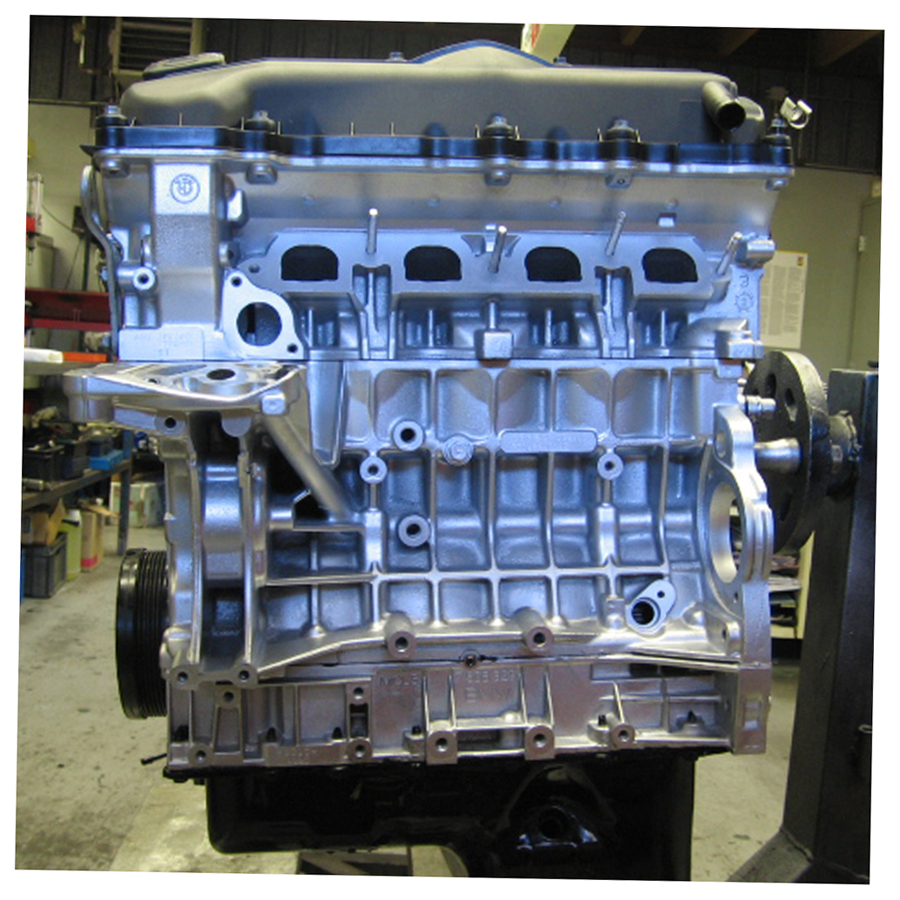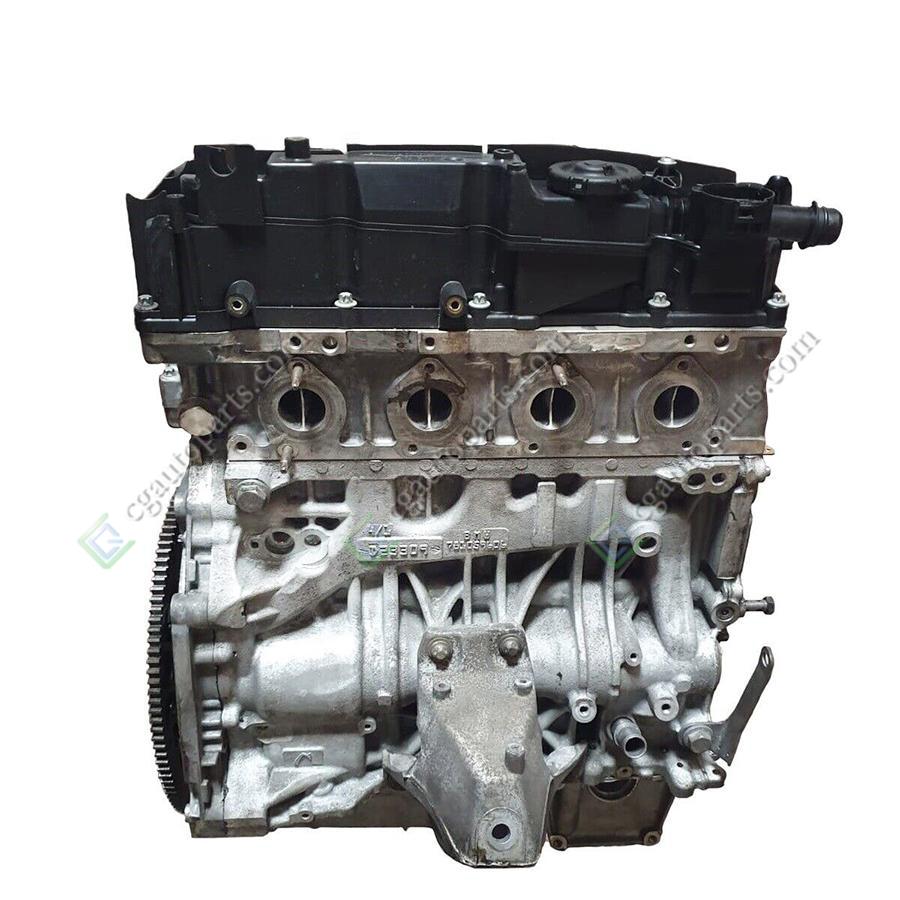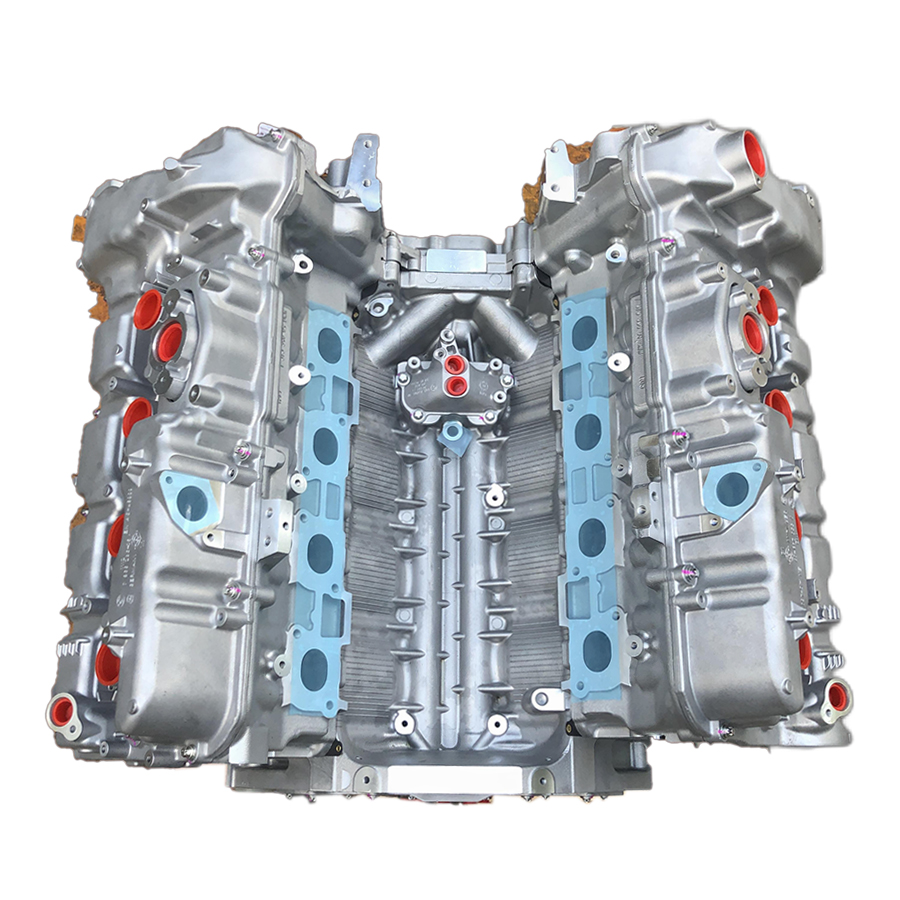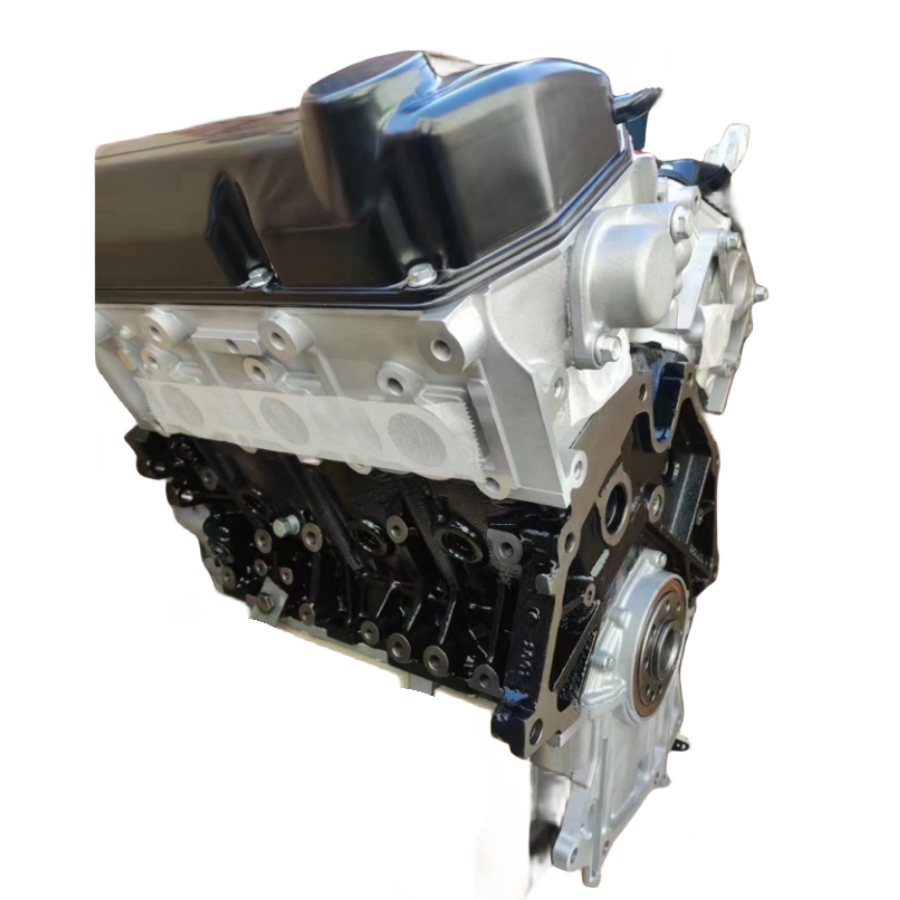COMPLETE ENGINE : Engine Mitsubishi 6G74
PRODUCT INTRODUCTION
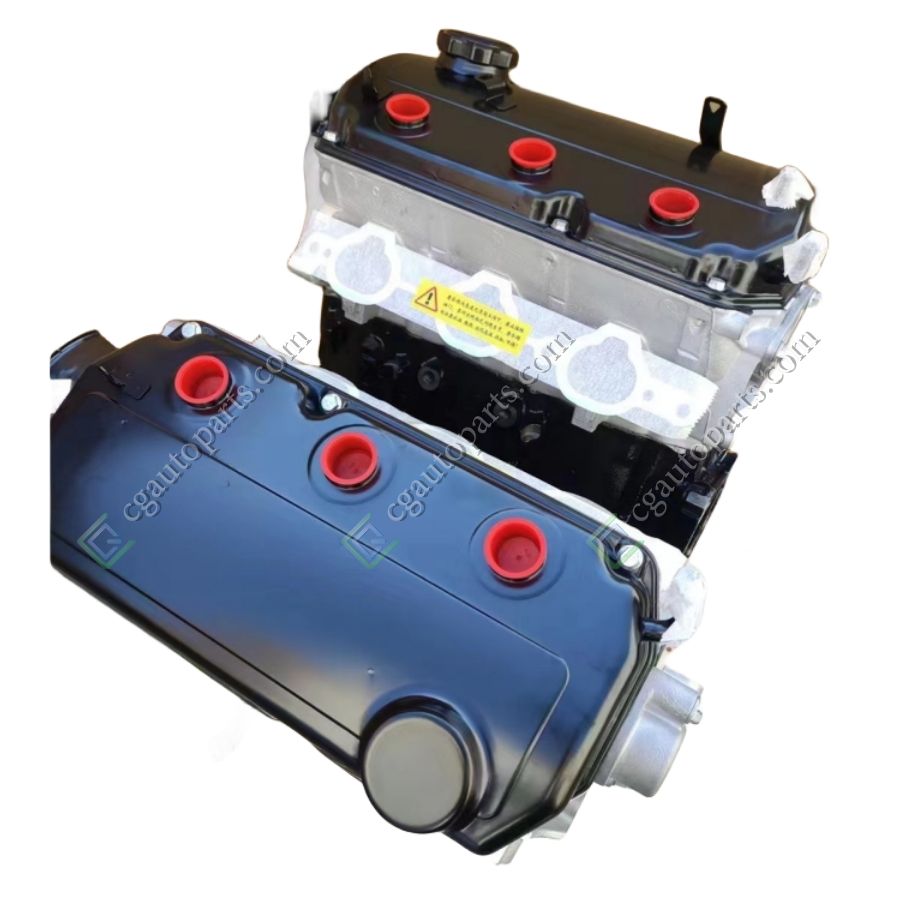
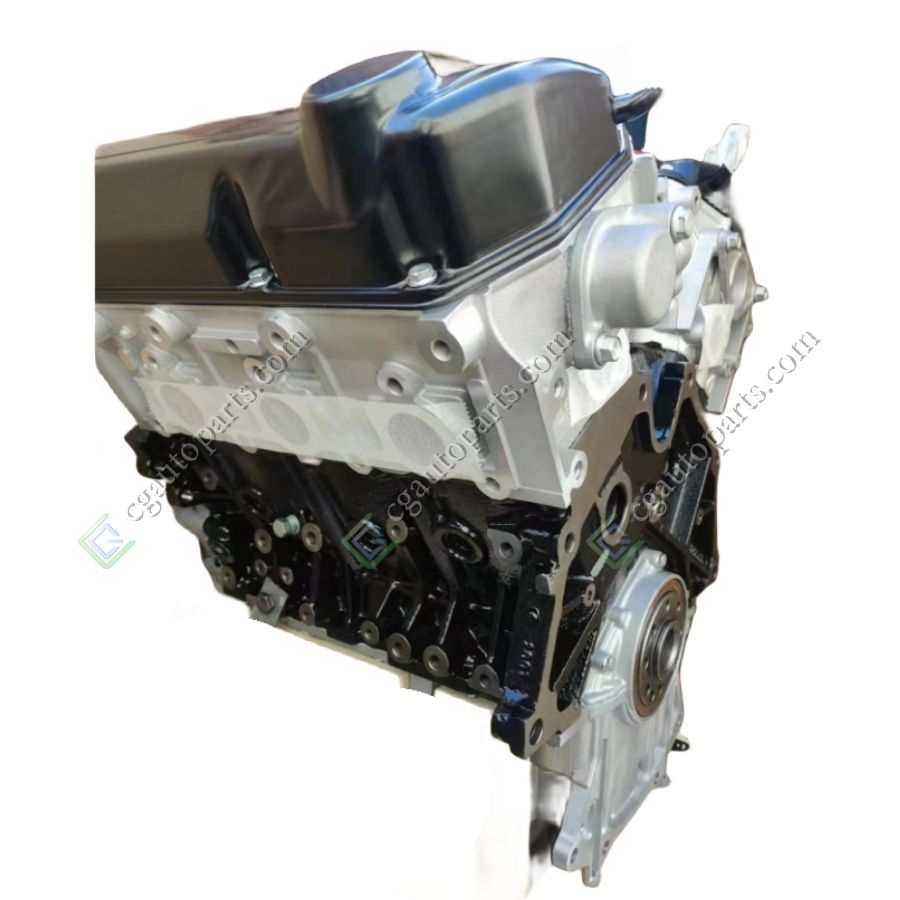
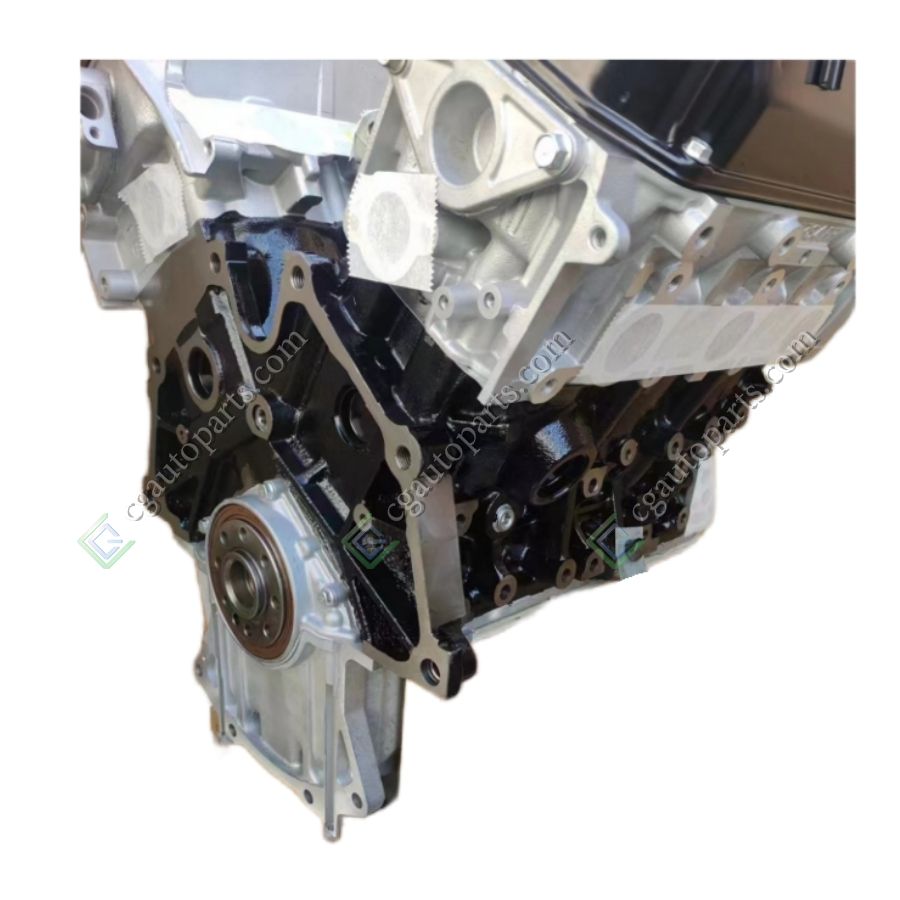
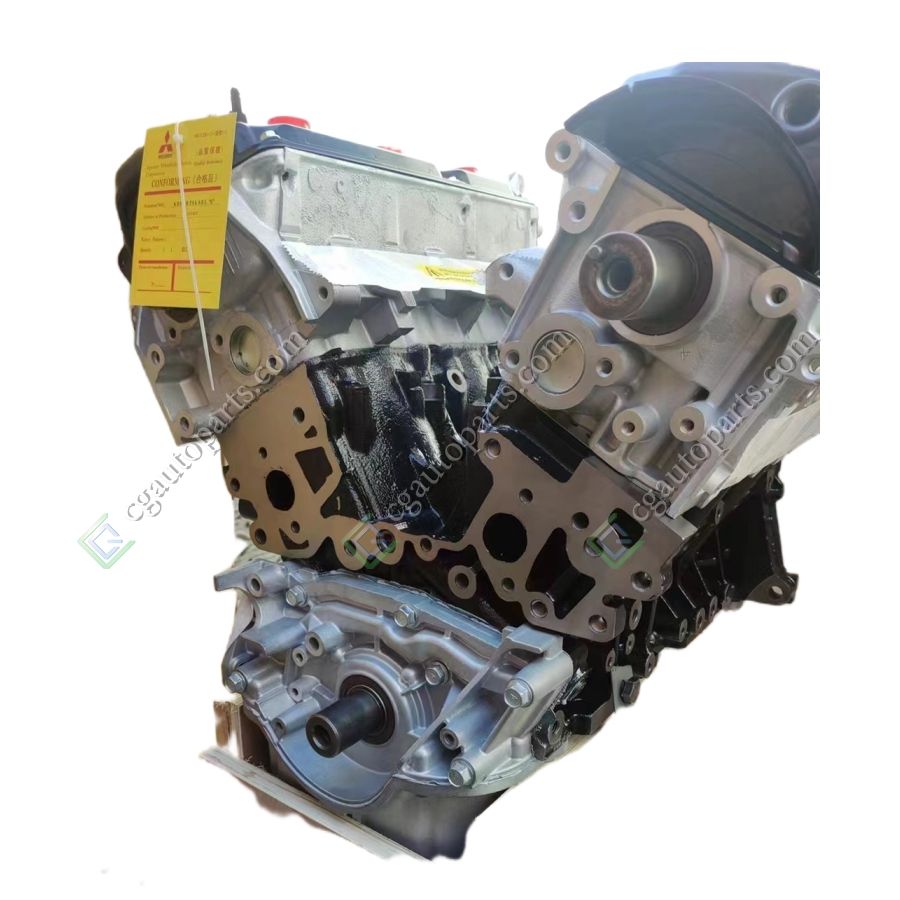
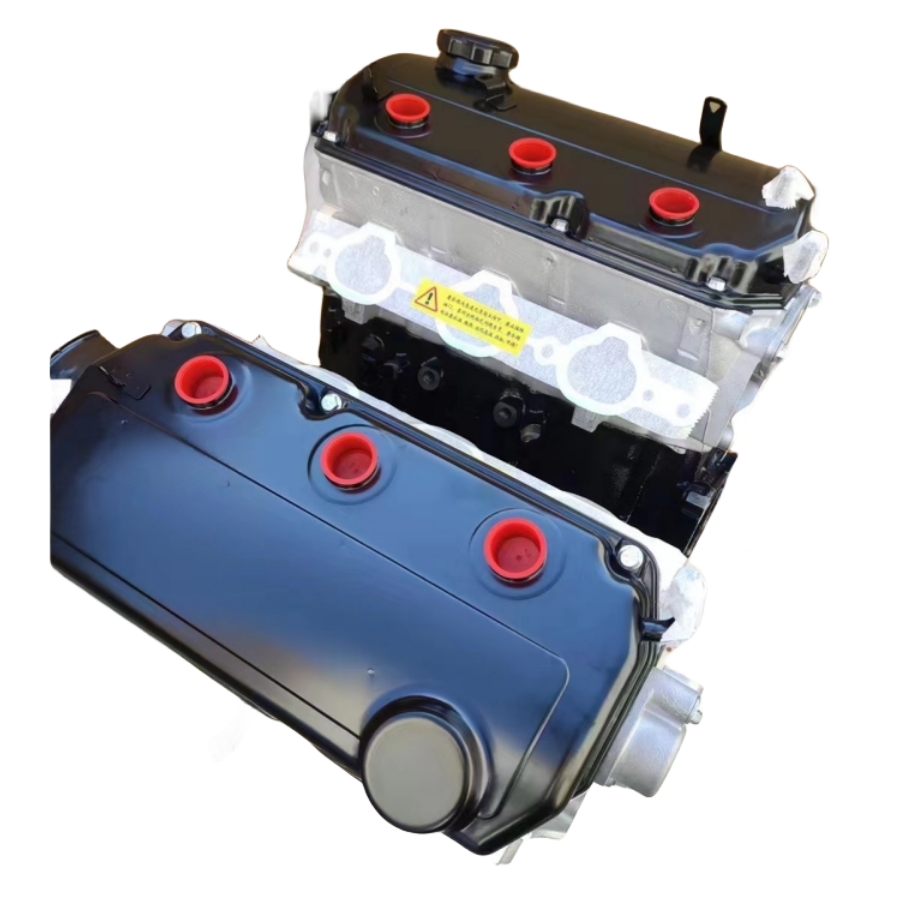


Specifications
Production years |
1992-2021 |
Displacement, cc |
3497 |
Fuel system |
distributed injection (6G74 MPI SOHC) |
Power output, hp |
180 – 225 (6G74 MPI SOHC) |
Torque output, Nm |
300 – 320 (6G74 MPI SOHC) |
Cylinder block |
cast iron V6 |
Block head |
aluminum 24v |
Cylinder bore, mm |
93 |
Piston stroke, mm |
85.8 |
Compression ratio |
9.5 (6G74 MPI SOHC) |
Hydraulic lifters |
yes |
Timing drive |
belt |
Turbocharging |
no |
Recommended engine oil |
5W-30, 5W-40 |
Engine oil capacity, liter |
5.7 |
Fuel type |
petrol |
Euro standards |
EURO 2/3 (6G74 MPI SOHC) |
Fuel consumption, L/100 km (for Mitsubishi Pajero GDI 2004) |
17.4 |
Engine lifespan, km |
~400 000 |
Weight, kg |
210 |




